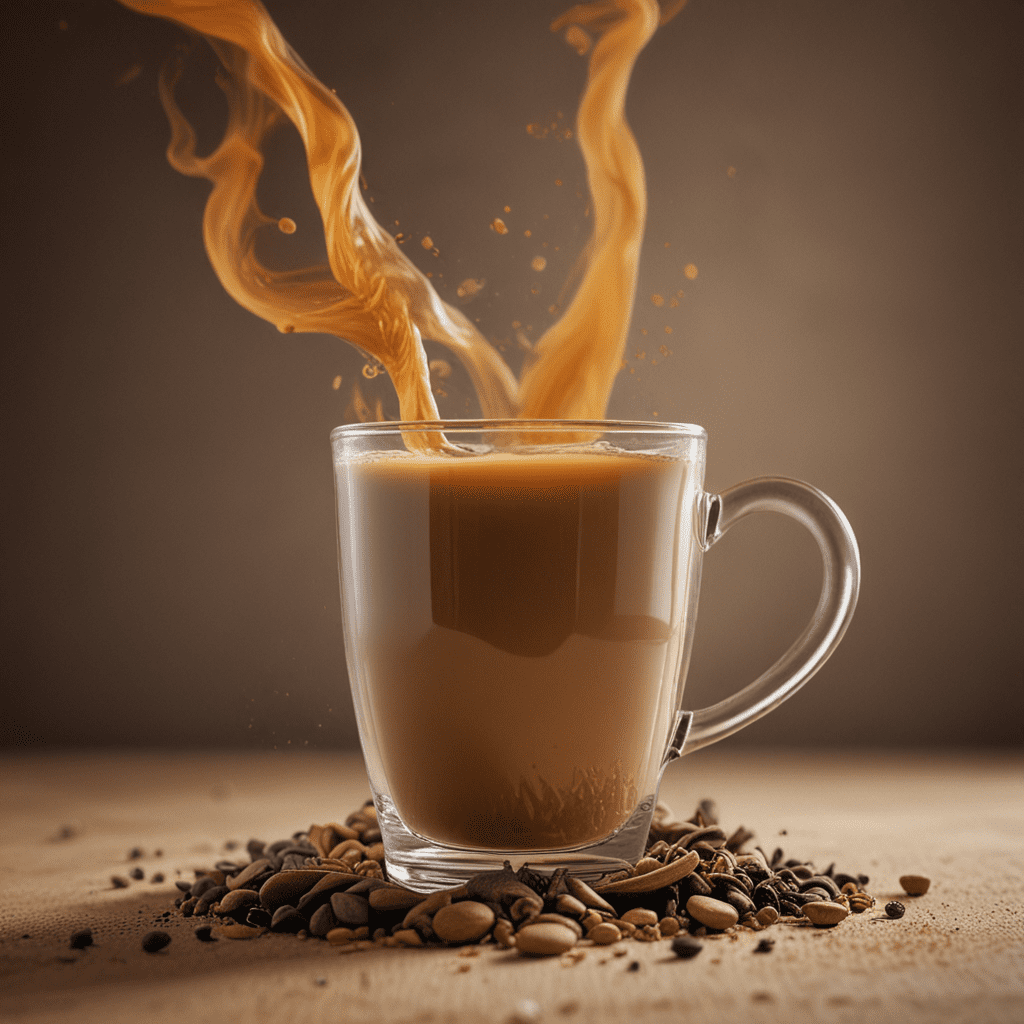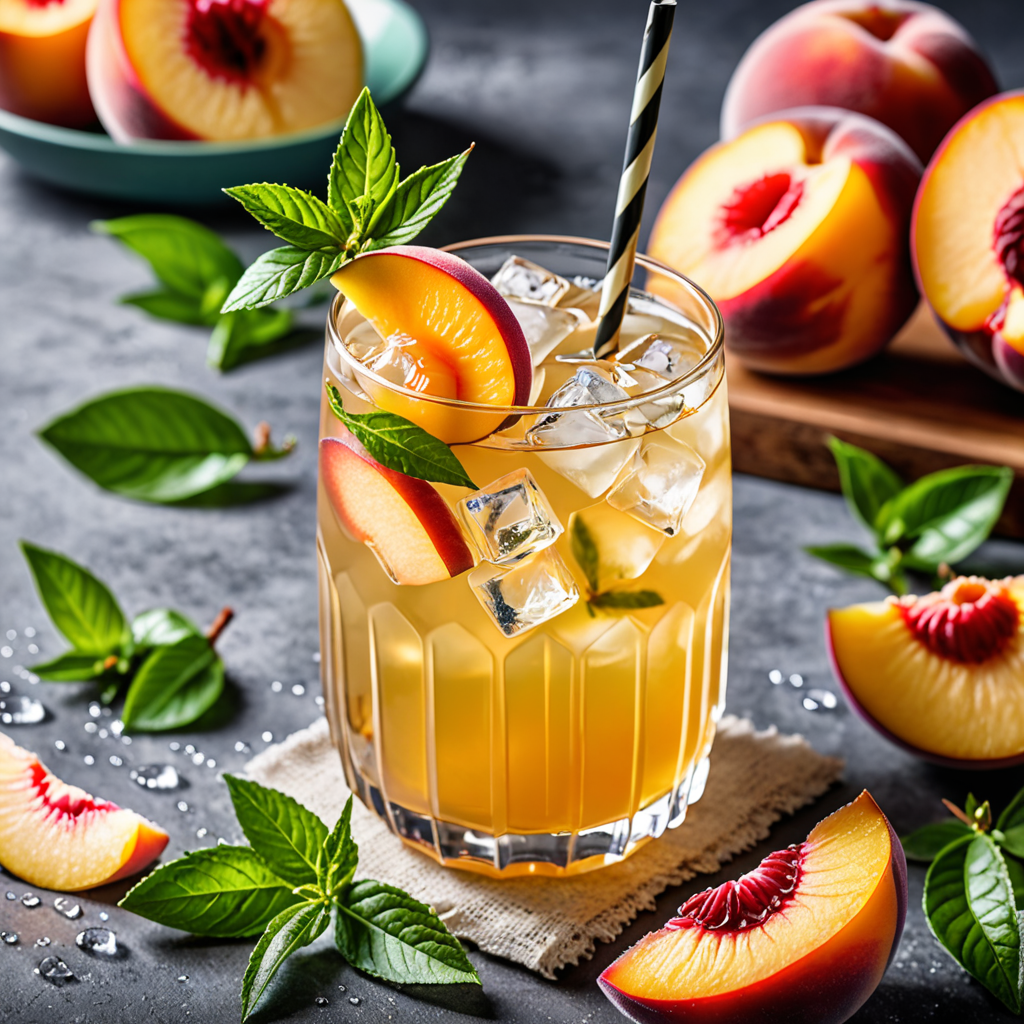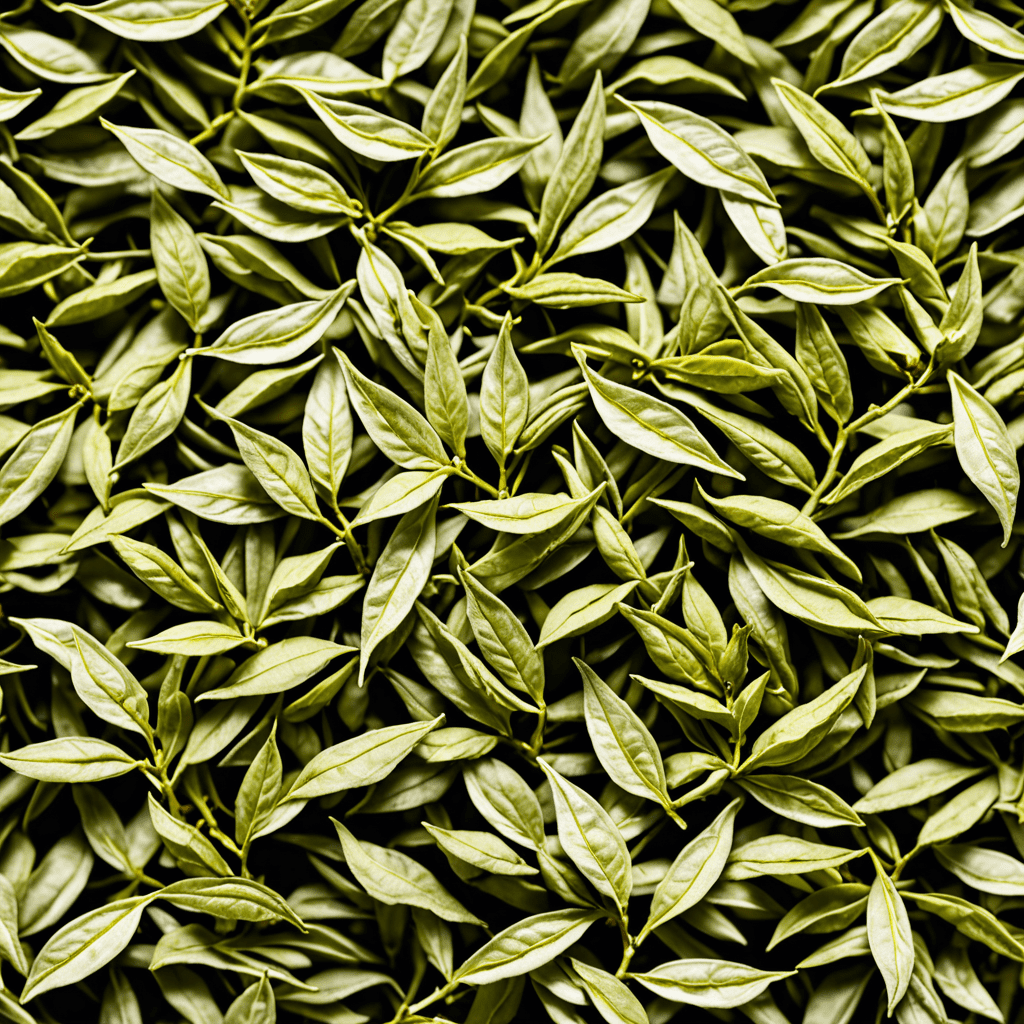The Enchanting Origins of Chai
Chai, an aromatic beverage steeped in tradition and adored globally, traces its roots to ancient India. Its origins lie in the kitchens of royal palaces and humble homes alike, where it was initially crafted as a medicinal concoction known as "ayurvedic kadha." Over centuries, chai evolved, embracing a symphony of flavors and spices that transformed it into the beloved drink we cherish today.
Aromatic Symphony: The Key Ingredients of Chai
The essence of chai lies in the harmonious blend of its ingredients. Chai's foundation rests upon black tea, typically a robust Assam or Darjeeling variety. This tea base is then elevated with an orchestra of spices that may include cardamom, cinnamon, ginger, cloves, and nutmeg. The addition of milk and a touch of sweetener, often jaggery or honey, completes the symphony, creating a rich, comforting, and invigorating beverage.
Brewing Perfection: Techniques for a Flavorful Chai
Brewing the perfect chai is an art form that combines patience and precision. Traditional methods involve simmering a blend of tea and spices in milk and water over low heat, allowing the flavors to meld harmoniously. Alternatively, chai can be prepared using tea bags or loose-leaf tea steeped in boiling water before adding milk and sweetener. Regardless of the technique employed, the key is to strike a balance between the intensity of the spices and the soothing warmth of the milk.
Chai and Health: Unveiling its Therapeutic Benefits
Beyond its captivating taste, chai holds medicinal significance, echoing its ancient Ayurvedic origins. The spices used in chai possess inherent healing properties. Ginger aids digestion and combats nausea, while cardamom and cinnamon boast anti-inflammatory and antioxidant effects. Black tea, the base of chai, contains caffeine, a stimulant that boosts alertness and improves cognitive function. Together, these components contribute to chai's reputation as a wholesome and restorative beverage.
Variations on a Classic: Exploring the Diversity of Chai
The versatility of chai extends to a myriad of variations, each region and culture embracing unique interpretations. Kashmiri chai, for instance, is distinguished by its vibrant pink hue, attributed to the addition of baking soda during brewing. Masala chai, a popular street-side beverage in India, is characterized by its strong spices and sweet flavor. In the Middle East, karak chai is a staple, brewed with condensed milk for an extra layer of richness. These variations showcase the boundless adaptability of this beloved beverage.
6. Chai as a Cultural Phenomenon: Its Global Impact
Chai has transcended its Indian origins, becoming a cherished beverage enjoyed worldwide. Its popularity has soared in recent decades, with chai cafés and tea shops sprouting up in major cities across the globe. Chai has also found its way into mainstream culture, featuring in movies, television shows, and music. Its global appeal is a testament to its universal appeal and the comforting embrace it offers.
7. Chai and its Culinary Versatility: Pairings and Uses
Chai's versatility extends beyond its traditional role as a standalone beverage. It has become a culinary ingredient, adding its distinctive flavor profile to various dishes. Chai can be incorporated into baking recipes, such as cakes, cookies, and muffins, infusing them with warm spices and a hint of sweetness. It can also be used as a marinade for meats or as a base for sauces and dressings, imparting a unique and flavorful touch to culinary creations.
8. Savoring the Ritual: Traditional Chai-Making Practices
Preparing chai is often more than just a means to create a beverage; it is a ritual steeped in tradition. In India, chai is often made in a clay pot called a "kulhad," which imparts a unique earthy flavor to the drink. The process of brewing chai can be a communal experience, with family and friends gathering to share in its warmth and aroma. These traditional practices enhance the sensory experience of chai and contribute to its cultural significance.
9. Chai as a Symbol of Comfort and Connection
Chai has become synonymous with comfort and connection. Its warm, inviting aroma and soothing taste have made it a beverage of choice for moments of relaxation and social gatherings. Chai is often served during festivals and celebrations, adding to the festive atmosphere and fostering a sense of community. Its ability to bring people together and create a cozy ambiance has solidified chai's role as a symbol of comfort and belonging.
10. Chai's Enduring Legacy: A Timeless Beverage
Chai has stood the test of time, enduring as a beloved beverage for centuries. Its timeless appeal lies in its ability to adapt and evolve while retaining its core essence. From its humble origins in India to its global recognition today, chai has left an enduring mark on culinary and cultural landscapes. Its enduring legacy is a testament to its versatility, comforting nature, and the joy it continues to bring to people worldwide.
FAQs
1. What is the difference between chai and tea?
Chai is a type of tea that is made with a blend of spices, such as cardamom, cinnamon, ginger, cloves, and nutmeg. It is typically made with black tea, but can also be made with other types of tea, such as green tea or herbal tea.
2. How do I make chai?
There are many different ways to make chai. One popular method is to simmer black tea leaves with spices in milk and water. Another method is to use pre-made chai spice blends or tea bags.
3. What are the health benefits of chai?
Chai contains many spices that have health benefits, such as cardamom, cinnamon, ginger, cloves, and nutmeg. These spices have antioxidant, anti-inflammatory, and digestive properties.
4. Can I make chai with decaf tea?
Yes, you can make chai with decaf tea. Decaf tea contains less caffeine than regular tea, so it is a good option for people who are sensitive to caffeine.
5. How long does chai last?
Chai can be stored in the refrigerator for up to 3 days. It is best to reheat chai before drinking it.



